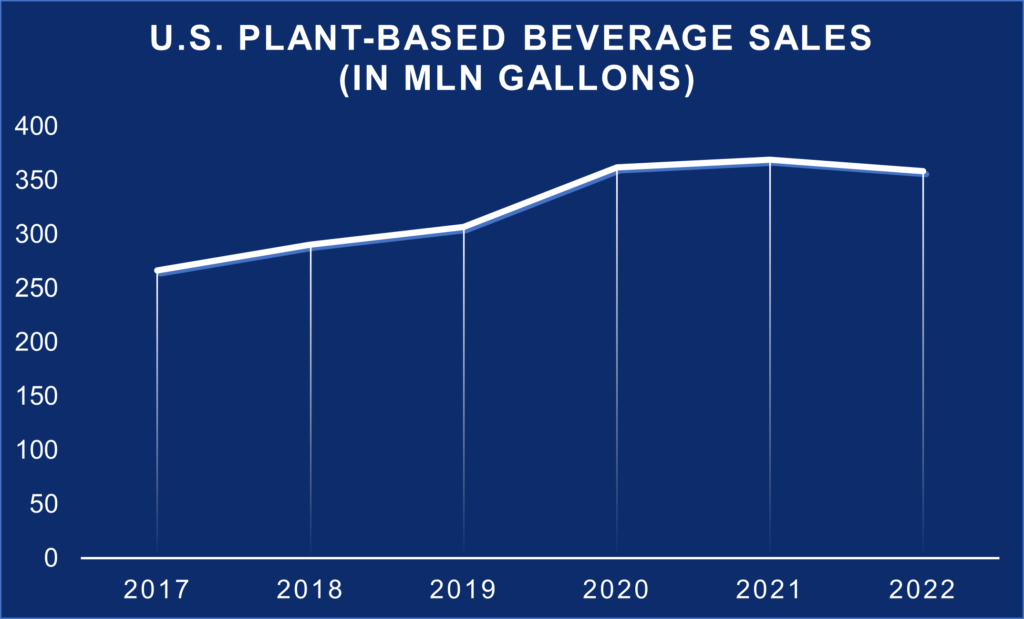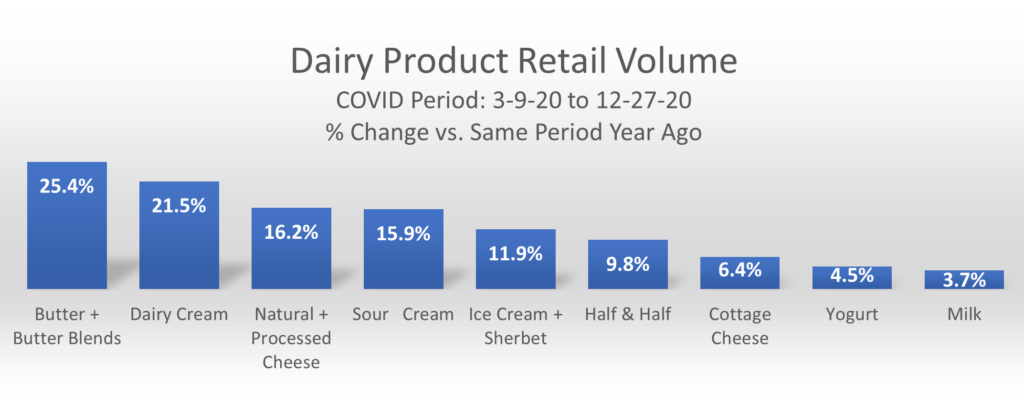Long-awaited FDA guidance on plant-based beverages that encourages manufacturers of plant-based beverages to disclose their nutrient inferiority and acknowledges the public health concern of nutritional confusion over such beverages was seen as a first step toward labeling transparency by NMPF, even as the proposed guidance’s allowance of such beverages to call themselves milk spurred a vow for further action.
The guidance “falls short of ending the decades-old problem of misleading plant-based labeling using dairy terminology,” Mulhern said in a statement released shortly after FDA’s announcement Feb. 22. “By acknowledging both the utter lack of nutritional standards prevalent in plant-based beverages and the confusion over nutritional value that’s prevailed in the marketplace because of the unlawful use of dairy terms, FDA’s proposed guidance today will provide greater transparency that’s sorely needed for consumers to make informed choices.
“Still, the decision to permit such beverages to continue inappropriately using dairy terminology violates FDA’s own standards of identity, which clearly define dairy terms as animal-based products. We reject the agency’s circular logic that FDA’s past labeling enforcement inaction now justifies labeling such beverages “milk” by designating a common and usual name. Past inaction is poor precedent to justify present and future inaction.”
Integrity in the use of dairy terms has been an NMPF focus for more than four decades. Agency activity stepped up in 2018, after then-FDA Commissioner Scott Gottlieb pledged a fresh look at the issue. A request for comment generated more than 13,000 responses. Guidance in the aftermath of those comments was promised in 2021 and was initially expected last summer.
Mulhern, in NMPF’s statement, noted that, while accepting nutritional confusion is a key advance for dairy and consumers, without any means of enforcement, the guidance could hold little value, urging Congress to re-introduce and pass the DAIRY PRIDE Act, legislation that would mandate FDA enforcement of its own standards of identity.
“Because FDA’s proposed guidance is meaningless without action, enforcement will be necessary to ensure that this limited progress is reflected on grocery shelves,” he said. “For these reasons, we will continue our work in Congress to pass the DAIRY PRIDE Act, which would direct FDA to enforce its own rules and clarify that dairy terms are for true dairy products, not plant-based imposters.”
NMPF’s Support for DAIRY PRIDE, introduced in the Senate by a bipartisan group of senators on Feb. 28, adds another level of momentum to the effort to create labeling transparency, even as NMPF encourages dairy supporters to comment on the FDA’s guidance, which is here.
Sens. Tammy Baldwin, D-WI; James Risch, R-ID; Peter Welch, D-VT; and Susan Collins, R-ME, led the reintroduction of the bill, which would require FDA to increase enforcement of existing dairy standards of identity, updated to respond to FDA’s guidance by essentially nullifying it. House re-introduction is expected in the next few weeks.
“Consumers and dairy producers, along with their allies in the nutrition and health communities, thank Sens. Baldwin, Risch, Welch and Collins for their leadership in this important public-health issue,” Mulhern said in a statement the day of the re-introduction. “We look forward to working with our Senate and House champions to enact the DAIRY PRIDE Act during the 118th Congress.”
While that debate is underway and comments are being accepted by FDA, Mulhern urged dairy farmers and consumers to speak up for labeling transparency – and pledged NMPF’s leadership in the effort.
“Consumers shouldn’t have to make choices in a marketplace that’s less than fully transparent,” he said. “And until the federal government fully lives up to its mission, NMPF will continue to lead the battle for labeling transparency.”
FDA’s proposed guidance is open for public comment here until April 24.










